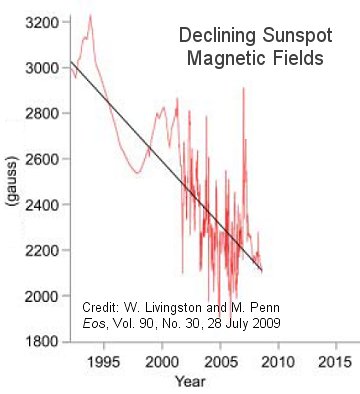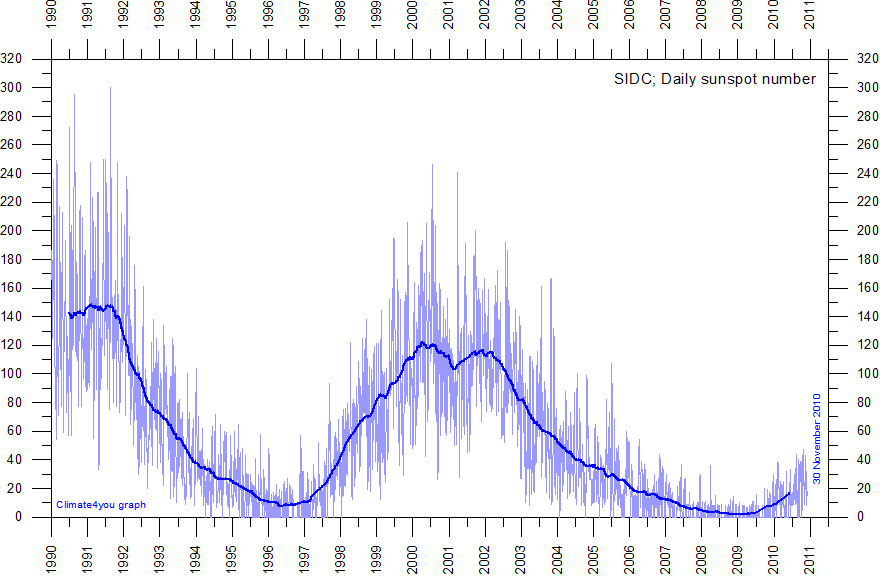Predicting Earthquakes???
Posted by JAC on 1/14/2010, 6:57 am
94
In this thread:
Topography Along the Enriquillo-Plaintain Garden Fault, Haiti - JAC, 1/14/2010, 6:48 am
- Re: Topography Along the Enriquillo-Plaintain Garden Fault, Haiti - LawKat, 1/14/2010, 1:47 pm
- Satellite imagery shows devastation from Haiti earthquake - JAC, 1/14/2010, 11:25 am
- Re: Predicting Earthquakes??? - Conclue, 1/14/2010, 8:54 am
- 1040 - JAC, 1/14/2010, 9:11 am
- Re: 1040 - Conclue, 1/14/2010, 1:06 pm
- Re: 1040 - JAC, 1/14/2010, 9:29 am
- Re: 1040 - Conclue, 1/14/2010, 9:50 am
- Re: 1040 - JAC, 1/14/2010, 10:30 am
- Re: 1040 - Conclue, 1/14/2010, 1:03 pm
- Re: 1040 - freesong, 1/14/2010, 3:27 pm
- Re: 1040 - Conclue, 1/14/2010, 4:35 pm
- Jac/Conclue I have a question. - hanna, 1/14/2010, 3:04 pm
- Re: Jac/Conclue I have a question. - JAC, 1/14/2010, 3:13 pm
- Re: Jac/Conclue I have a question. - Conclue, 1/14/2010, 4:44 pm
- Re: Jac/Conclue I have a question. - JAC, 1/14/2010, 4:58 pm
- Re: Jac/Conclue I have a question. - Conclue, 1/14/2010, 5:32 pm
- Re: Jac/Conclue I have a question. - Conclue, 1/14/2010, 6:31 pm
- Re: Jac/Conclue I have a question. - JAC, 1/14/2010, 9:13 pm
- Re: Jac/Conclue I have a question. - Conclue, 1/14/2010, 6:31 pm
- Re: Jac/Conclue I have a question. - Conclue, 1/14/2010, 5:32 pm
- Re: Jac/Conclue I have a question. - JAC, 1/14/2010, 4:58 pm
- Re: Jac/Conclue I have a question. - Conclue, 1/14/2010, 4:44 pm
- Re: Jac/Conclue I have a question. - JAC, 1/14/2010, 3:13 pm
- No way!! - JAC, 1/14/2010, 2:24 pm
- An interesting reference - JAC, 1/14/2010, 2:16 pm
- Re: 1040 - freesong, 1/14/2010, 3:27 pm
- Re: 1040 - CypressTX, 1/14/2010, 11:35 am
- Re: 1040 - Conclue, 1/14/2010, 1:03 pm
- Re: 1040 - JAC, 1/14/2010, 10:30 am
- Re: 1040 - Conclue, 1/14/2010, 9:50 am
- 1040 - JAC, 1/14/2010, 9:11 am
- Re: Predicting Earthquakes??? - BobbiStorm, 1/14/2010, 8:04 am
- Re: Predicting Earthquakes??? - JAC, 1/14/2010, 8:05 am
- Re: Predicting Earthquakes??? - Conclue, 1/14/2010, 8:54 am
Post A Reply
This thread has been archived and can no longer receive replies.

